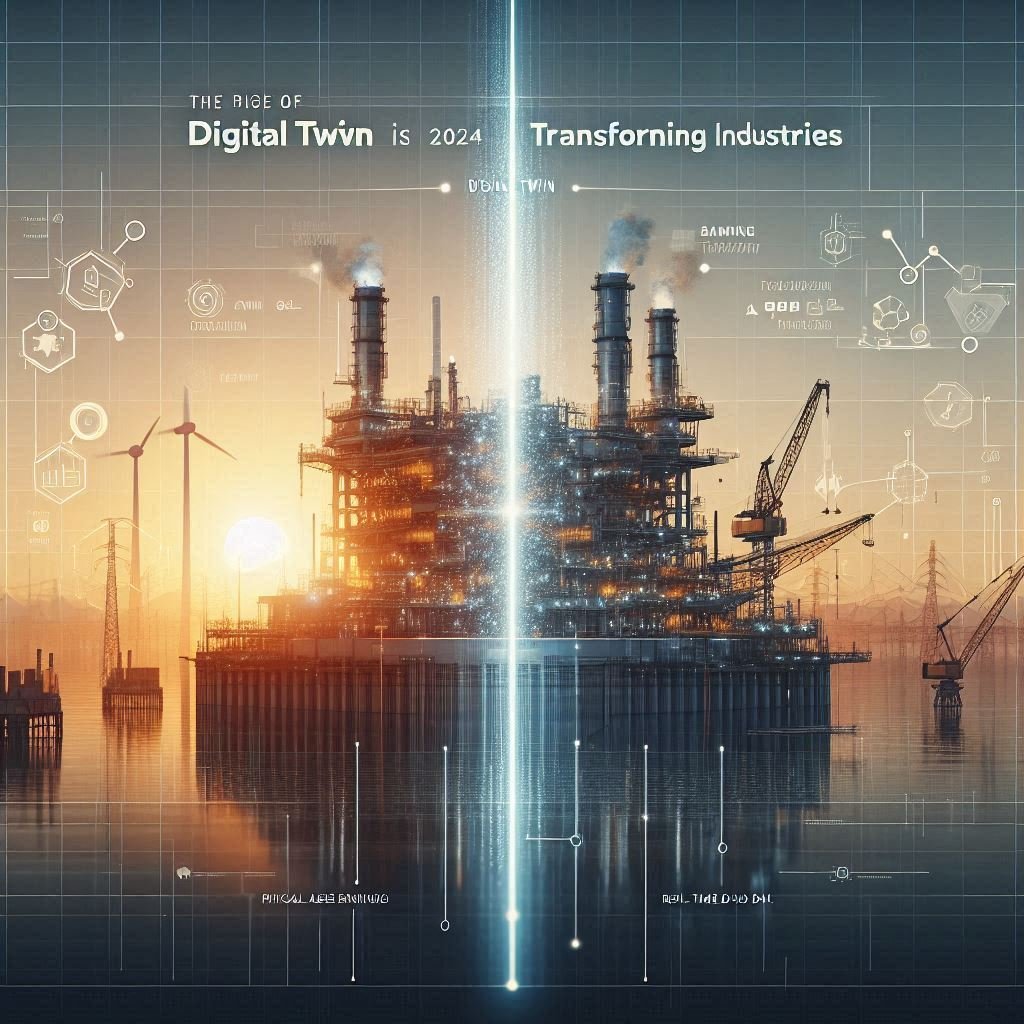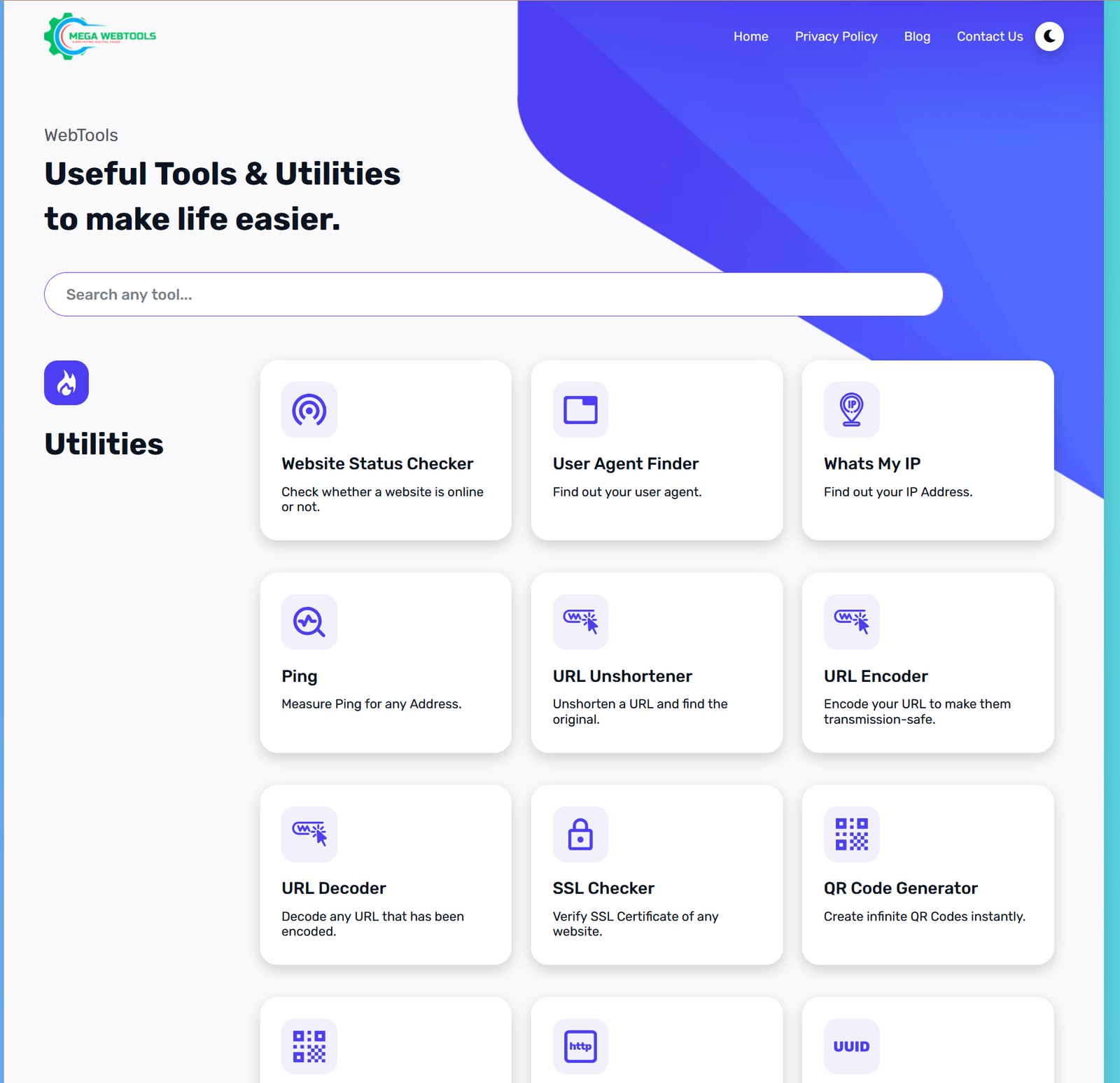
n 2024, digital twins have emerged as a revolutionary technology, transforming various industries by providing real-time, virtual replicas of physical assets, systems, and processes. This article explores the rise of digital twins, their key applications, benefits, and future prospects.
What Are Digital Twins?
Digital twins are virtual models that accurately replicate physical objects, systems, or processes. They use data from sensors and other sources to mirror the real-world counterpart in real-time. This technology enables organizations to monitor, analyze, and optimize their operations, leading to improved efficiency and innovation.
Key Applications of Digital Twins
Manufacturing and Industry 4.0 Digital twins are at the heart of Industry 4.0, revolutionizing manufacturing processes. They enable predictive maintenance, optimize production lines, and enhance quality control. By simulating different scenarios, manufacturers can identify potential issues before they occur, reducing downtime and costs.
Healthcare and Medical Devices In healthcare, digital twins are used to create personalized treatment plans and improve patient outcomes. For example, digital twins of medical devices can predict failures and optimize performance. Additionally, digital twins of patients, created using data from wearable devices and medical records, can help doctors tailor treatments to individual needs.
Smart Cities and Infrastructure Digital twins are transforming urban planning and infrastructure management. Cities use digital twins to monitor traffic, manage utilities, and plan new developments. This technology helps create more sustainable and efficient urban environments by providing insights into energy consumption, waste management, and transportation systems.
Aerospace and Defense The aerospace and defense industries leverage digital twins to enhance the design, testing, and maintenance of aircraft and military equipment. Digital twins enable real-time monitoring of aircraft performance, predictive maintenance, and simulation of mission scenarios, improving safety and operational efficiency.
Energy and Utilities Digital twins are used in the energy sector to optimize the performance of power plants, grids, and renewable energy sources. They help in predicting equipment failures, managing energy distribution, and integrating renewable energy into the grid. This leads to more reliable and sustainable energy systems.
Benefits of Digital Twins
Improved Efficiency and Productivity Digital twins enable organizations to optimize their operations by providing real-time insights and predictive analytics. This leads to improved efficiency, reduced downtime, and increased productivity.
Enhanced Decision-Making By simulating different scenarios and analyzing data, digital twins provide valuable insights that support informed decision-making. Organizations can test various strategies and choose the best course of action based on accurate predictions.
Cost Savings Digital twins help reduce costs by identifying potential issues before they occur, minimizing downtime, and optimizing resource utilization. Predictive maintenance, for example, can prevent costly equipment failures and extend the lifespan of assets.
Innovation and Development Digital twins foster innovation by enabling organizations to experiment with new ideas and technologies in a virtual environment. This accelerates the development of new products and services, giving companies a competitive edge.
Sustainability Digital twins contribute to sustainability by optimizing resource usage, reducing waste, and improving energy efficiency. In smart cities, for example, digital twins help manage resources more effectively, leading to greener urban environments.
Future Prospects of Digital Twins
Integration with AI and Machine Learning The future of digital twins lies in their integration with artificial intelligence (AI) and machine learning. These technologies will enhance the predictive capabilities of digital twins, enabling more accurate simulations and real-time decision-making.
Expansion to New Industries As digital twin technology continues to evolve, it will expand to new industries and applications. Sectors such as agriculture, retail, and logistics are expected to adopt digital twins to optimize their operations and improve efficiency.
Interoperability and Standardization The development of interoperability standards will be crucial for the widespread adoption of digital twins. Standardization will enable seamless integration of digital twins across different systems and platforms, enhancing their effectiveness and usability.
Increased Adoption of IoT The Internet of Things (IoT) plays a vital role in the functioning of digital twins by providing real-time data from sensors and devices. As IoT adoption increases, the capabilities and applications of digital twins will continue to grow.
Ethical and Security Considerations As digital twins become more prevalent, addressing ethical and security concerns will be essential. Ensuring data privacy, protecting against cyber threats, and establishing ethical guidelines for the use of digital twins will be critical for their responsible deployment.
The rise of digital twins in 2024 is transforming industries by providing real-time, virtual replicas of physical assets, systems, and processes. With applications ranging from manufacturing and healthcare to smart cities and energy, digital twins are driving efficiency, innovation, and sustainability. As technology continues to advance, the future prospects of digital twins look promising, offering even greater potential for revolutionizing various sectors.






